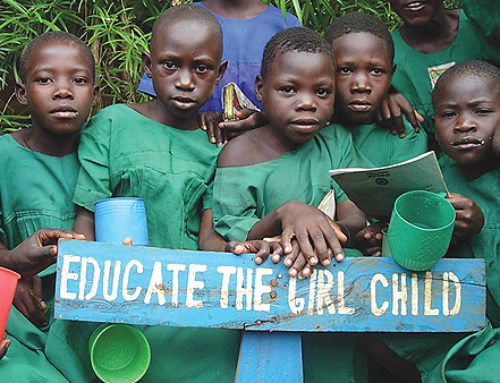Around the world and most especially in developing countries, girls have less of both.
Barriers to education block girls from achieving the most social form of advancement. It ranges from being attacked by violent groups, traditional or cultural barriers, preference for the male child, and supply-side constraint. When fused by factors such as poverty or poor access such barriers can become nearly insuperable for little girls. Another factor that is very compounding and that we rarely talk about is that when girls hit puberty they become exposed to emotional and physical dangers and are sometimes forced to confirm to normative gender roles. In some communities around the world, walking to school can be a dreadful experience for some girls as it is not safe.
Girls that attend school are less likely to become pregnant, more likely to earn high wages and less likely to contract infectious diseases such as HIV/AIDS and other STI’s
African women and girls face a new threat to their opportunity to earn an education: violent extremism. The growth of militant groups such as Boko Haram in Nigeria and Al Shabaab in Somalia have brought progress in female education to a dramatic halt. Children in the Northern part of Nigeria and its surrounding countries including Cameroon and Chad have been forced out of school, and young girls have been taken as wives and used as suicide bombers. Since 2014, more than 200 girls captured from their school by Boko Haram still remain missing.
To reach Some development goals, girls education should be made an intrinsic right. When girls have access to quality education, it creates a ripple effect of opportunities that influences generations to come. As we look towards 2017 and beyond African Girls will take more transformative approach to girls education by mentoring these girls and their parents to appreciate the power of education and the power of womanhood.






